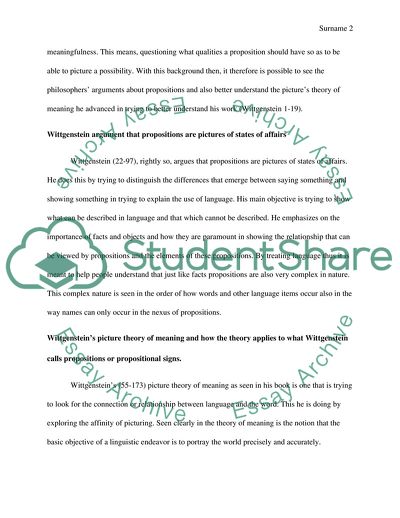Cite this document
(Wittgensteins Picture Theory of Meaning Coursework, n.d.)
Wittgensteins Picture Theory of Meaning Coursework. https://studentshare.org/philosophy/1789918-wittgenstein-picture-theory
Wittgensteins Picture Theory of Meaning Coursework. https://studentshare.org/philosophy/1789918-wittgenstein-picture-theory
(Wittgensteins Picture Theory of Meaning Coursework)
Wittgensteins Picture Theory of Meaning Coursework. https://studentshare.org/philosophy/1789918-wittgenstein-picture-theory.
Wittgensteins Picture Theory of Meaning Coursework. https://studentshare.org/philosophy/1789918-wittgenstein-picture-theory.
“Wittgensteins Picture Theory of Meaning Coursework”. https://studentshare.org/philosophy/1789918-wittgenstein-picture-theory.


